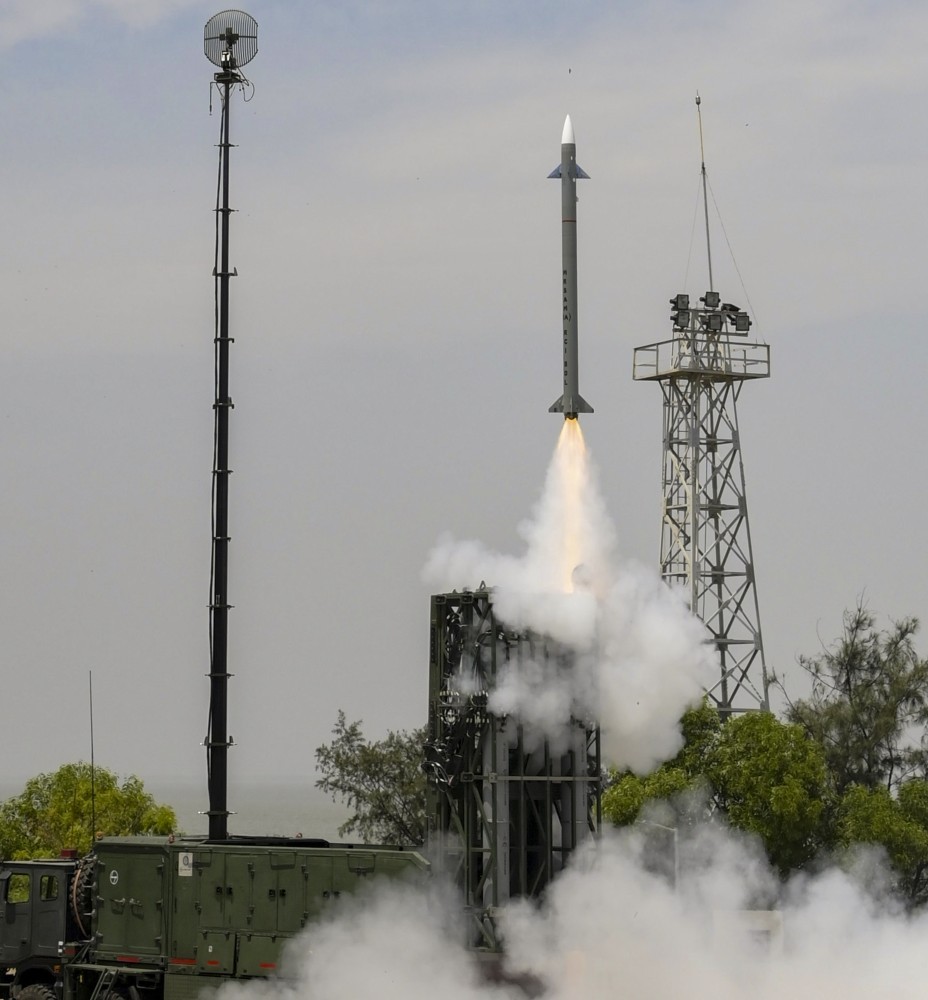
This artist's conception illustrates a Jupiter-like planet alone in the dark of space, floating freely without a parent star. Photo: NASA/JPL-Caltech.
PASADENA, CALIFORNIA (BNS): Astronomers, including a NASA-funded team member, have discovered a new class of Jupiter-sized planets floating alone in the dark of space, away from the light of a star. The team believes these lone worlds were probably ejected from developing planetary systems.
An analysis of the central bulge of the Milky Way galaxy a few years back by a joint Japan-New Zealand survey revealed the planets, 10 in all. University of Notre Dame Astronomer David Bennett, who co-authored the study with Takahiro Sumi from Osaka University in Japan, says the planets confirm the existence of free-floating planets and explain how they came to be.
"Although free-floating planets have been predicted, they finally have been detected, holding major implications for planetary formation and evolution models," Mario Perez, exoplanet programme scientist at NASA Headquarters in Washington, was quoted as saying in a NASA news report.
The latest discovery shows that free-floating planets exist in large numbers in the emptiest parts of space, with no stars within a distance at least 10 times that between the Sun and the Earth. Bennett estimated that there are around 1.8 times as many of these free-floating Jupiter-sized giant planets as there are stars in the galaxy.
"Our survey is like a population census, we sampled a portion of the galaxy, and based on these data, can estimate overall numbers in the galaxy," said David Bennett, a NASA and National Science Foundation-funded co-author of the study from the University of Notre Dame in South Bend, Indiana.
The survey is not sensitive to planets smaller than Jupiter and Saturn, but theories suggest lower-mass planets like Earth should be ejected from their stars more often. As a result, they are thought to be more common than free-floating Jupiters.
The survey, the Microlensing Observations in Astrophysics (MOA), is named in part after a giant wingless, extinct bird family from New Zealand called the moa.
A 5.9-foot (1.8-meter) telescope at Mount John University Observatory in New Zealand is used to regularly scan the copious stars at the center of our galaxy for gravitational microlensing events.
A second microlensing survey group, the Optical Gravitational Lensing Experiment (OGLE), contributed to this discovery using a 4.2-foot (1.3 meter) telescope in Chile. The OGLE group also observed many of the same events, and their observations independently confirmed the analysis of the MOA group.
 Previous Article
Previous Article Next Article
Next Article













The Indian Air Force, in its flight trials evaluation report submitted before the Defence Ministry l..
view articleAn insight into the Medium Multi-Role Combat Aircraft competition...
view articleSky enthusiasts can now spot the International Space Station (ISS) commanded by Indian-American astr..
view article